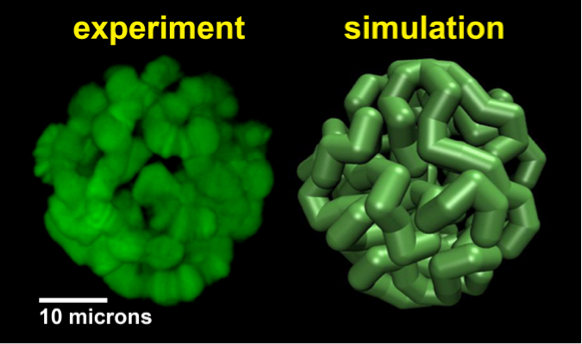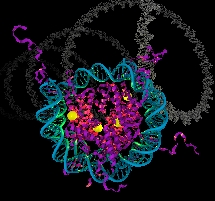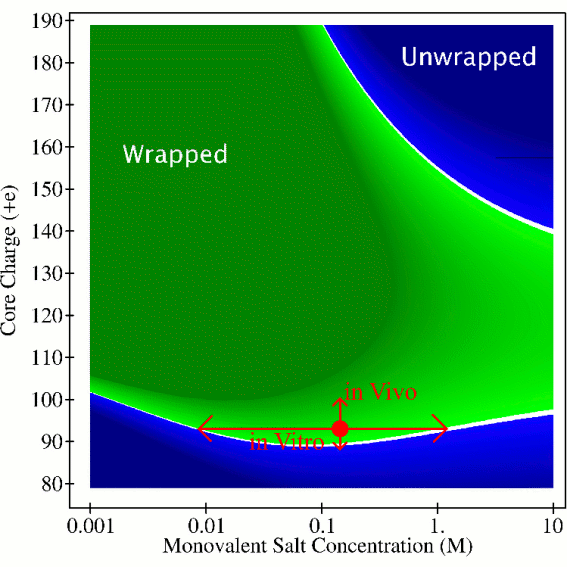We are developing new field -- Physical Epigenetics – which we define as deciphering rules of epigenetics with the help of physics and computation. The key premise is that, despite the appearance of daunting complexity, one can still make meaningful structure-function connections in epigenetics based on robust physics-based models. We are looking into establishing these connections at various scales, from the nucleosome to the entire cell nucleus. For example, our models identify unexplored post-translational modifications in the nucleosome core as key to selective control of the accessibility of the genetic material in the nucleosomal DNA. Our most recent collaborative work explores the largely unknown role of nuclear envelope in the structure and, ultimately, function, of chromatin.
Determinants of the 3D architecture of genomes.
3D nuclear architecture is vital to genome function, however
its underlying principles are only beginning to emerge.
This collaborative project (with I. Sharakhov, entomology) aims
to uncover fundamental mechanisms of maintaining and altering
nuclear architecture.
Solving this problem will significantly improve our understanding of the role of nuclear architecture in regulation of gene expression, DNA double-strand break repair, generation of chromosomal rearrangements,
and, ultimately, epigenetic inheritance and disease.


Understanding the function of the nucleosome
 Structure of the nucleosome (left) and the predicted diagram of
its stability (right).
Structure of the nucleosome (left) and the predicted diagram of
its stability (right).

Evidence is now overwhelming that not only the sequence,
but also the details of DNA packaging inside the cell are an important
part of the genetic message. The primary level of DNA compaction
in eukareotic organisms in vivo
is the nucleosome .
At this level, a stretch of
147 base-pairs of the DNA
is tightly wrapped 1.65 times
around a set of eight proteins that carry the charge
opposite of that of the DNA.
Details of the nucleosome dynamics are
vital for understanding key cellular processes such as DNA replication,
repair and
transcription.
Cell differentiation is also intimately linked with
DNA compaction. Despite its importance, the nucleosome system is far from being
fully understood. One of the key unanswered questions is the following:
how can the whole nucleosome be
highly stable, protective of its genetic material,
while at the same time its tightly wrapped DNA be highly accessible,
easily revealing its information content?
For a review, see: Alexey V. Onufriev and Helmut Schiessel, ``The nucleosome: from structure to function through physics", Current opinion in structural biology 56, 119-130 (2019).